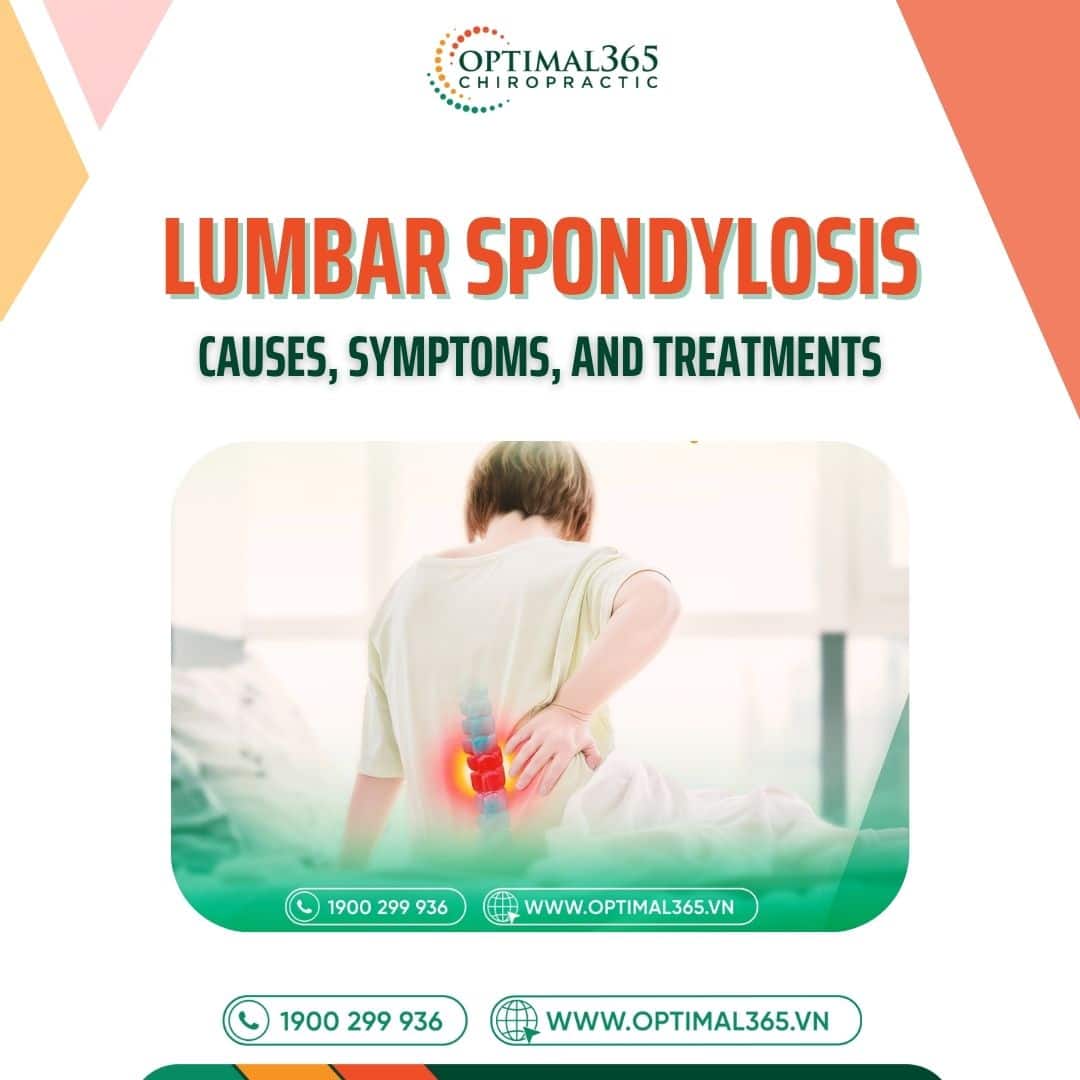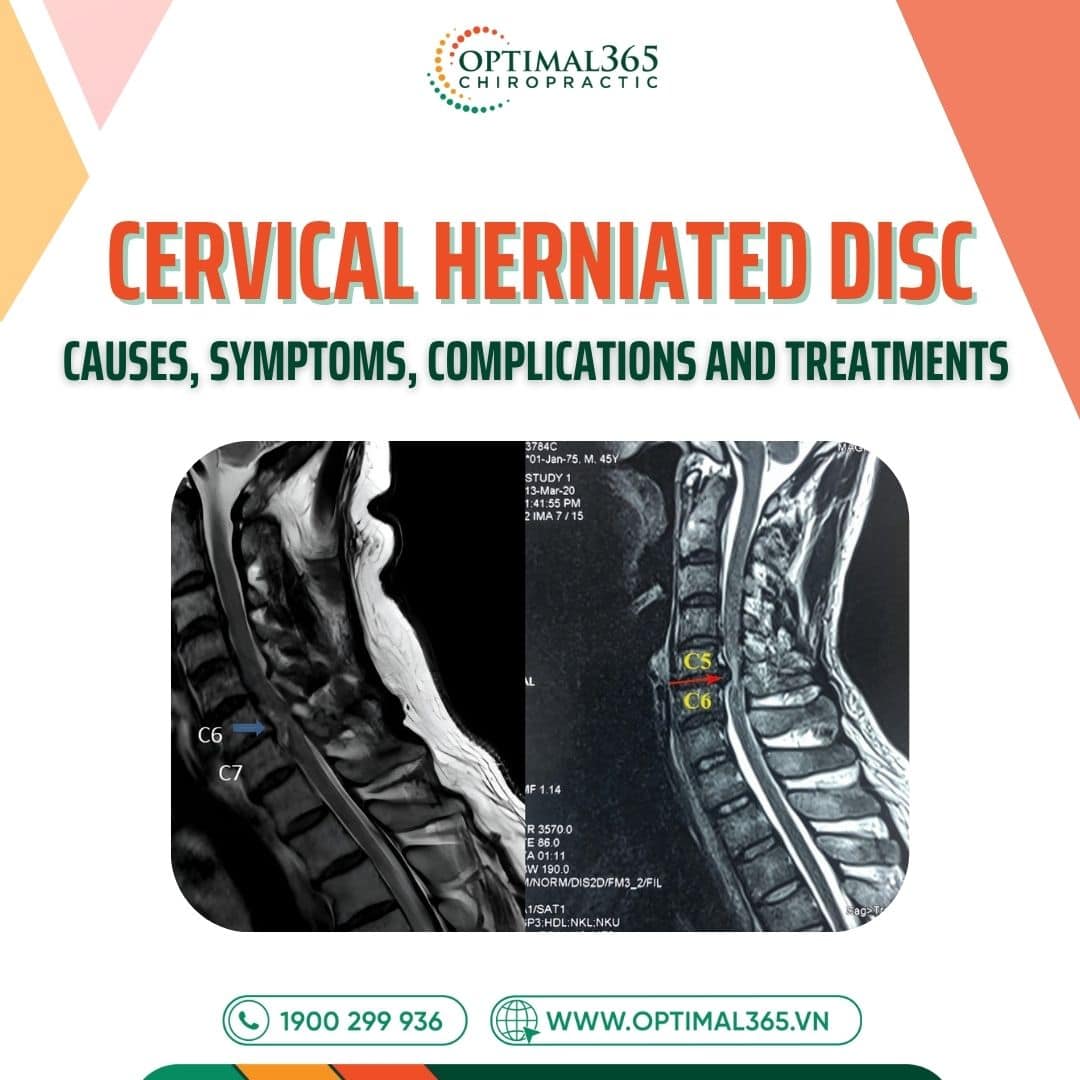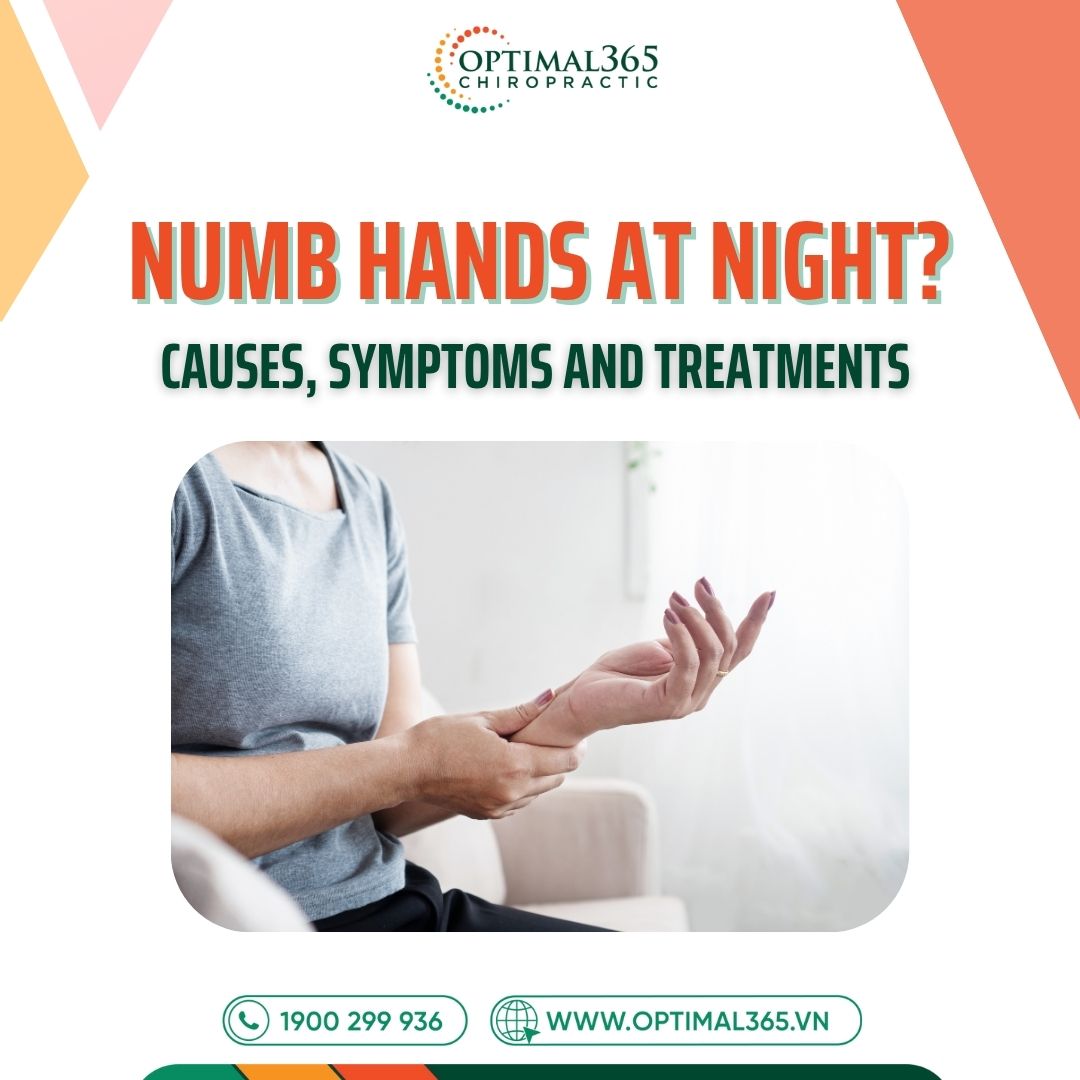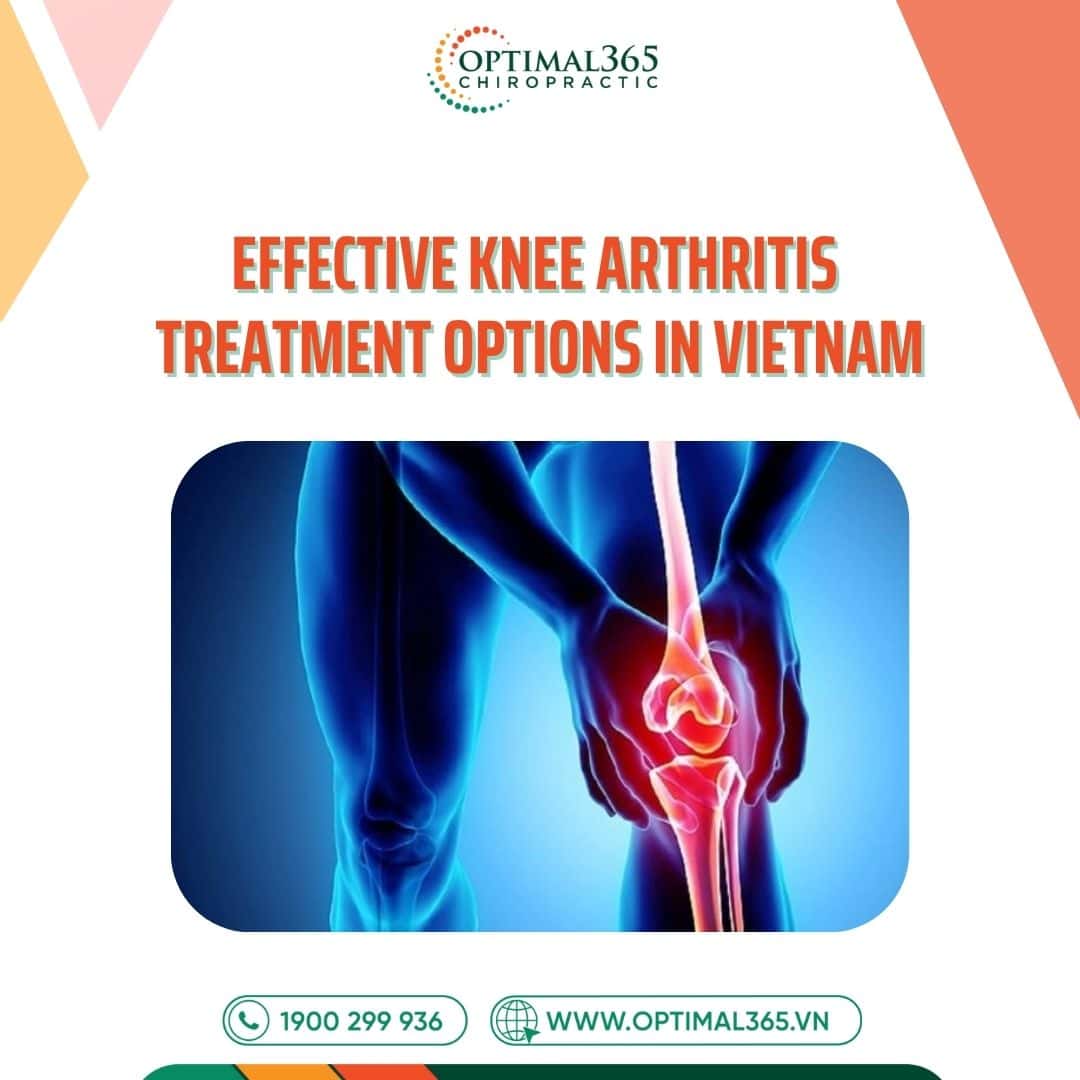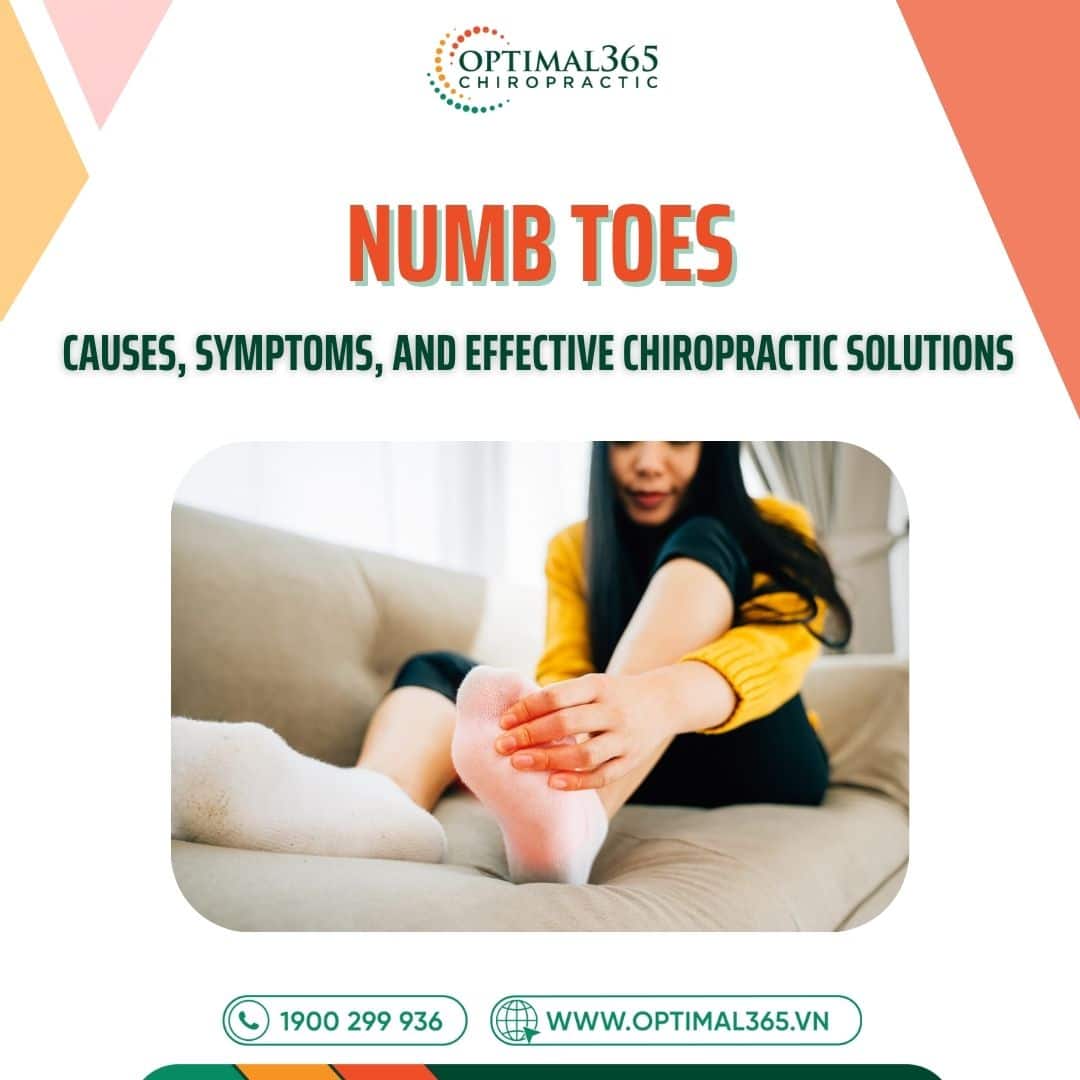Lumbar spondylosis is a common condition that may be the culprit behind your persistent lower back pain. The discomfort often worsens with movement or prolonged sitting. According to a recent study in Vietnam, nearly 50% of office workers suffer from spinal issues, with lumbar spondylosis being a leading cause. This article explores the causes, symptoms, and effective treatment options for lumbar spondylosis to help you better understand and manage this condition.
What is Lumbar Spondylosis?
Lumbar spondylosis refers to the formation of bone spurs in the lumbar spine, located between the rib cage and pelvis. These spurs develop due to calcium deposits in ligaments or vertebrae, often as a result of the body’s attempt to repair damage from injuries, trauma, or continuous stress. When joints become inflamed, the body forms bone spurs around the affected area to protect it and reduce pressure, leading to lumbar spine issues.
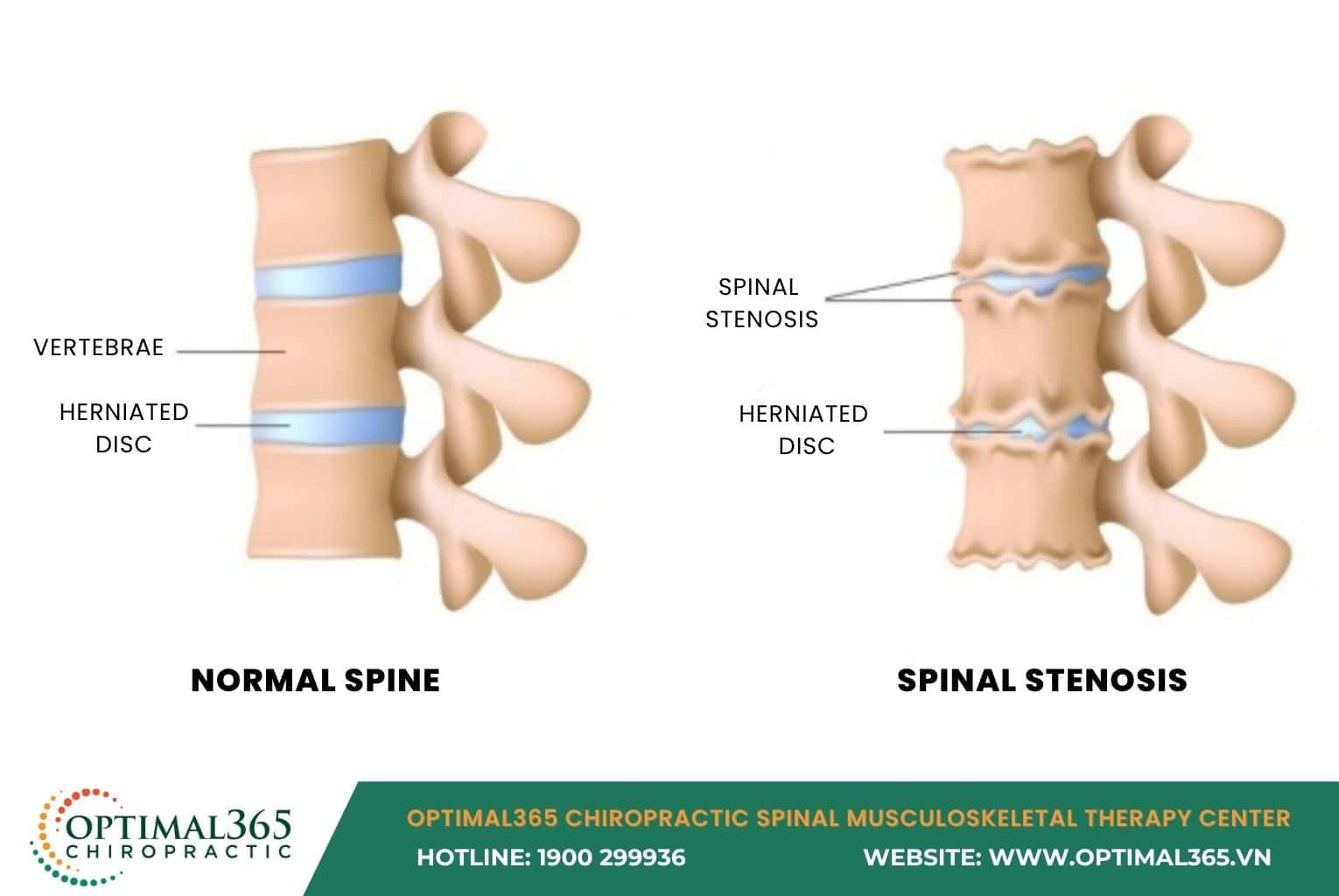 Illustration of normal lumbar spine and spinal spurs
Illustration of normal lumbar spine and spinal spurs
Causes of Lumbar Spondylosis
Several factors contribute to the development of lumbar spondylosis, including:
- Poor Posture: Prolonged standing, sitting, heavy lifting, or sleeping in incorrect positions can exert significant pressure on the lumbar spine, triggering bone spur formation.
- Natural Aging: As the body ages, the spine and other organs naturally weaken, increasing the risk of lumbar spondylosis, especially in older individuals.
- Obesity and Unhealthy Lifestyle: Excess weight, smoking, excessive alcohol consumption, or substance use can heighten the risk of lumbar spine issues.
- Underlying Conditions: Diseases like ankylosing spondylitis, spinal tuberculosis, or disc inflammation can damage the lumbar spine, causing severe pain and inflammation.
Excess body fat, particularly in obese individuals, places additional strain on the lumbar spine, exacerbating lower back pain and contributing to lumbar spondylosis.
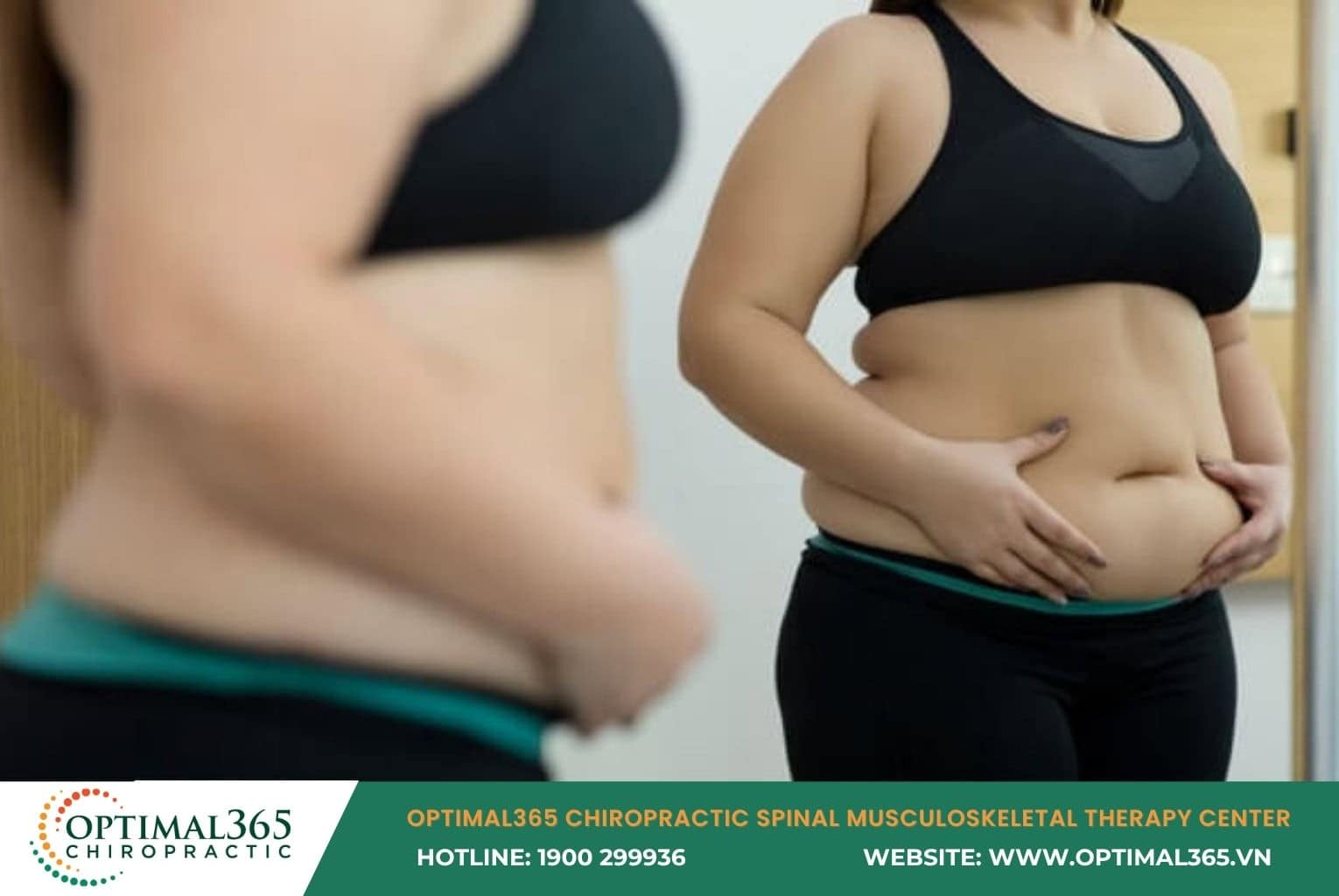
When overweight, accumulated fat will create great pressure on the spine, especially the lumbar region
Symptoms of Lumbar Spondylosis
The symptoms of lumbar spondylosis vary depending on the severity and its impact on surrounding structures. Common symptoms include:
- Lower Back Pain: The most prevalent symptom, ranging from a dull ache to intense pain, often worsening with movement, standing, or prolonged sitting.
- Radiating Pain: Pain may spread to the buttocks, thighs, or even the abdomen and hips, especially when bone spurs compress nearby nerves.
- Numbness or Tingling: Patients may experience numbness, tingling, or loss of sensation in the legs, buttocks, or thighs due to nerve compression.
- Muscle Weakness: Lumbar spondylosis can weaken muscles, reducing mobility and impacting daily activities.
- Difficulty Moving: Pain and stiffness make it challenging to bend, twist, or stand for extended periods.
- Bladder or Bowel Dysfunction: In severe cases, lumbar spondylosis may affect bladder or bowel function, leading to issues like incontinence or constipation.
If you experience these symptoms, especially if the pain persists or worsens, consult a healthcare professional for an accurate diagnosis and timely treatment.
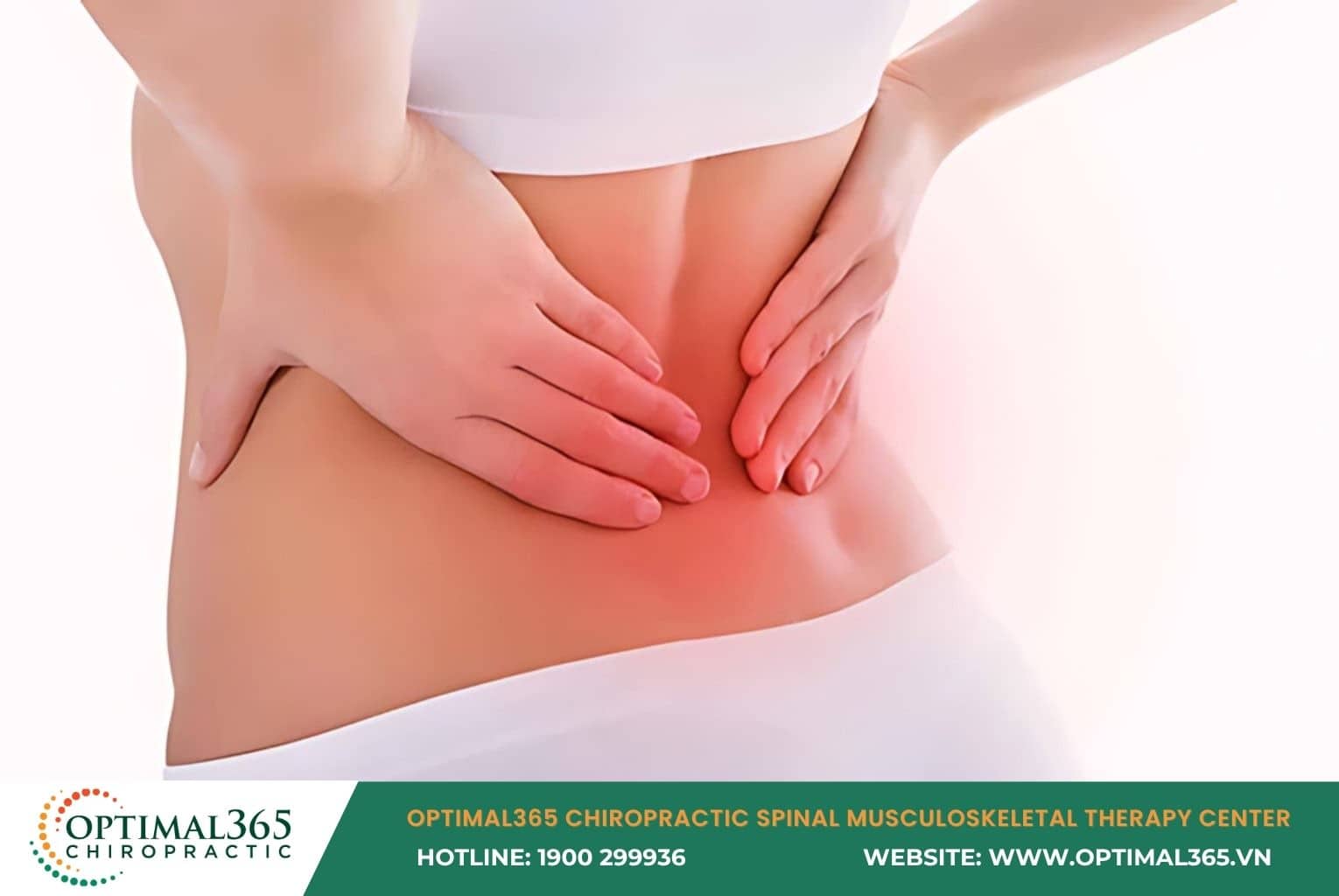
Diagnosis of Lumbar Spondylosis at Optimal 365 Chiropractic
At Optimal 365 Chiropractic, a comprehensive approach is used to diagnose lumbar spondylosis:
- Clinical Evaluation: Doctors conduct a thorough assessment of your symptoms, medical history, and risk factors, including the duration, severity, and activities that worsen the pain.
- Physical Examination: Tests evaluate the lumbar spine’s range of motion, muscle strength, and nerve reflexes, identifying specific pain points, numbness, or muscle weakness.
- X-Ray Imaging: X-rays are critical for confirming the presence of bone spurs, disc degeneration, and other structural changes in the lumbar spine.
- Personalized Treatment Plan: Based on diagnostic results, doctors create a tailored treatment plan, incorporating non-invasive methods like physical therapy, acupuncture, or chiropractic adjustments to alleviate pain and restore spinal function.
These methods ensure accurate diagnosis and effective treatment for lumbar spondylosis at Optimal 365 Chiropractic.
Treatment Options for Lumbar Spondylosis
Non-Medicinal Treatments
- Rest: Resting helps the body recover and reduces pressure on the spine. Avoid prolonged sitting or lying in one position; change postures every 30 minutes to an hour. Use a firm mattress and a supportive pillow to keep the spine aligned. Avoid heavy lifting or sudden twisting movements.
- Yoga: Yoga improves flexibility, strengthens back muscles, and reduces stress and lower back pain. Specific poses stretch and relax muscles around the lumbar spine, enhancing posture and balance.
- Massage Therapy: Massage relieves muscle tension and improves blood circulation, reducing pain and enhancing spinal function.
- Acupuncture: This technique stimulates specific points to improve blood flow, reduce pain, and promote natural healing, increasing spinal flexibility.
- Physical Therapy: Targeted exercises strengthen back muscles, stabilize the spine, and alleviate pain.
- Hot and Cold Therapy: Alternating hot and cold packs reduces inflammation, relaxes muscles, and improves circulation.
- Nutrition: A diet rich in calcium and vitamin D supports spinal health and reduces inflammation.
- Chiropractic Adjustments: These techniques restore spinal alignment, relieve nerve pressure, and enhance mobility and function.
Medications
Medications are commonly used to manage lumbar spondylosis symptoms:
- Pain Relievers and Anti-Inflammatories: Drugs like Paracetamol, Ibuprofen, Diclofenac, or corticosteroids reduce pain, numbness, and discomfort.
- Vitamin B Supplements: Vitamins B1, B2, and B6 may help alleviate symptoms.
While medications provide quick relief, they do not address the root cause (bone spurs) and may lead to recurrence. Overuse or self-medication can harm the liver, kidneys, or stomach, so always follow a doctor’s prescription.
Surgery
Surgery is a last resort when non-invasive treatments fail, or bone spurs severely compress the spinal cord, nerves, or cause spinal stenosis. Surgery carries risks, including implant rejection, prolonged recovery, and infection. Since bone spurs are a natural response to inflammation, surgery may not prevent recurrence.
Optimal365 Chiropractic’s Treatment Plan for Lumbar Spondylosis
Optimal365 Chiropractic offers a comprehensive, non-invasive treatment plan targeting the root causes of lumbar spondylosis:
- Chiropractic Adjustments: Restores the spine’s natural curvature, corrects misalignments, and relieves nerve pressure, promoting pain relief and healing.
- Deep Muscle Therapy: Relieves muscle tension, strengthens muscles, and improves nutrient circulation.
- High-Tech Therapy: Advanced equipment reduces pain, inflammation, and muscle spasms while promoting collagen production and recovery.
- Rehabilitation Exercises: Customized exercises enhance flexibility, support natural healing, and prevent recurrence.
This holistic approach improves quality of life without medication or invasive procedures.
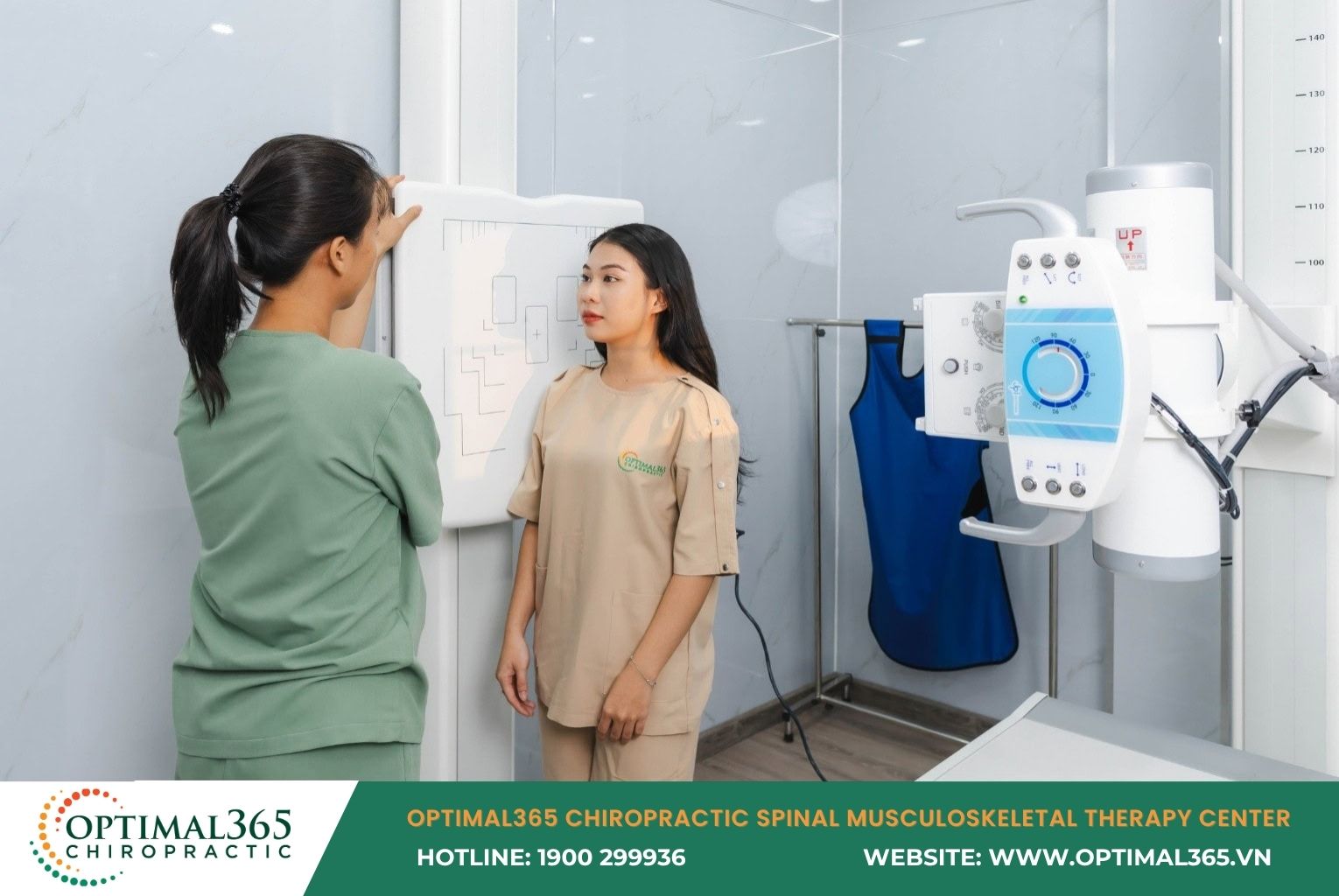
X-ray images provide images of the bone structure of the spine, helping doctors identify bone spurs
Conclusion
Lumbar spondylosis is a prevalent cause of lower back pain, particularly among office workers. Understanding its causes, symptoms, and treatment options is crucial for effective management. At Optimal365 Chiropractic, our non-invasive, personalized treatment plans help patients alleviate pain and regain mobility. If you’re experiencing symptoms of lumbar spondylosis, contact us for expert consultation and care.
Reference source:
1. Hospital for Special Surgery. (n.d.). Lumbar and cervical spondylosis: Symptoms and treatments. Hospital for Special Surgery. https://www.hss.edu/conditions_spondylosis-overview.asp
2. Bệnh viện Nguyễn Tri Phương. (n.d.). Bệnh thoái hóa cột sống thắt lưng (Spondylosis). Bệnh viện Nguyễn Tri Phương. https://bvnguyentriphuong.com.vn/co-xuong-khop/benh-thoai-hoa-cot-song-that-lung-spondylosis
3. Southeast Texas Spine Institute. (n.d.). Lumbar spondylosis. Southeast Texas Spine Institute. https://www.southeasttexasspine.com/contents/conditions-we-treat/lower-back/lumbar-spondylosis
4. Gerlinger, T. L., & Shetty, S. K. (2023). Lumbar spondylosis (osteophytes, bone spurs). Medscape. https://emedicine.medscape.com/article/249036-overview
5. Klineberg, E., & Albert, T. (2009). Lumbar spondylosis: Clinical presentation and treatment approaches. Journal of Bone and Joint Surgery (American Volume), 91(4), 136–144. https://www.ncbi.nlm.nih.gov/pmc/articles/PMC2697338/



